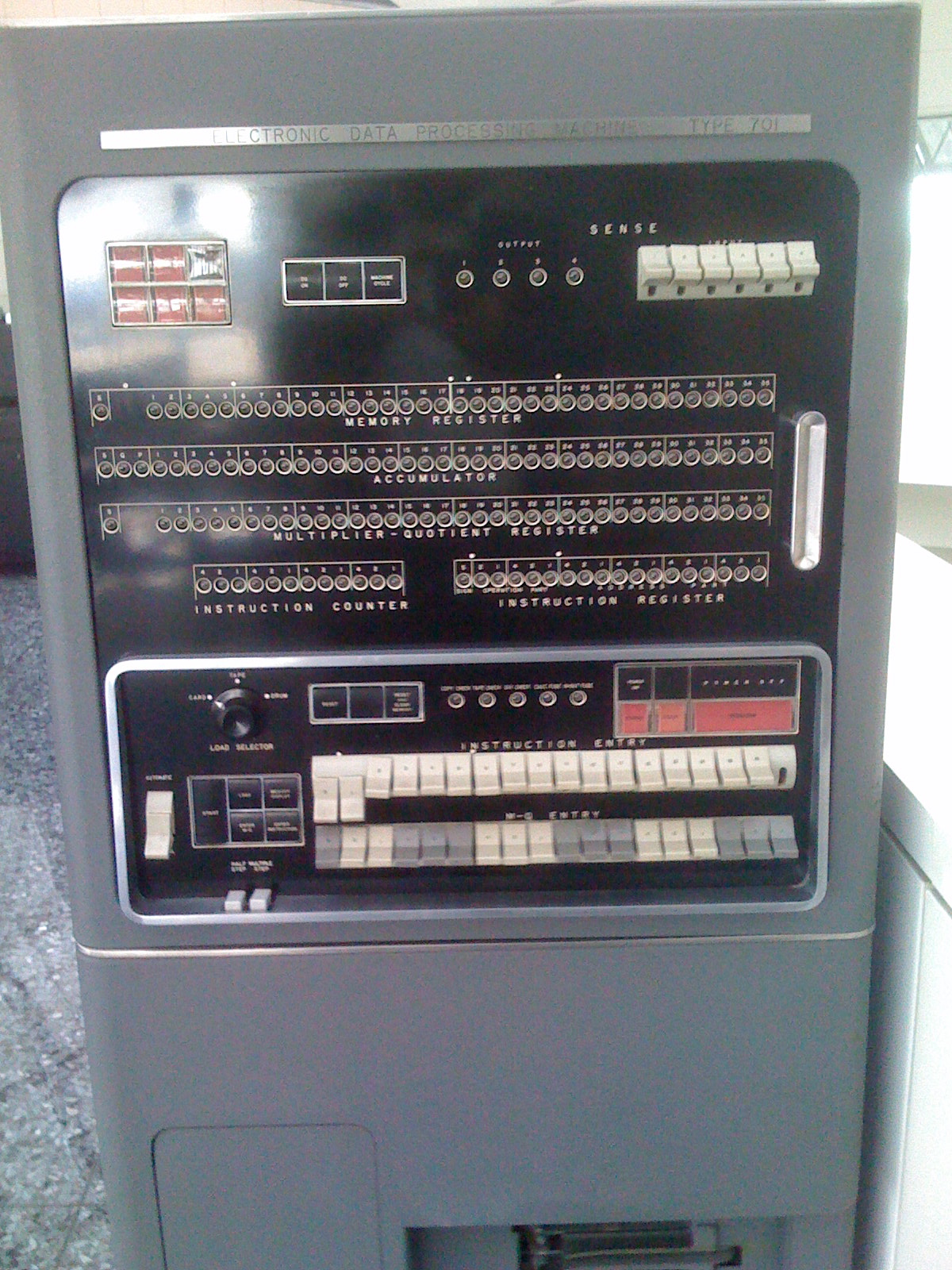4 5 As A Decimal Betting
Posted : admin On 8/1/2022
How does the odds converter work?
Our odds converter allows you to enter any format such as US odds (+100), or decimals / Australian odds ($2.00) or fractional / UK odds (1:1) and we convert all these formats to the other betting formats for you.
Use the Odds Converter here
- The name also suggests they are shown as a fraction, for example, 4/1 which corresponds to the “amount to win/amount bet”. For 10 pounds wagered on this odds (read as 4 to 1) you are given potential profit of 40 pounds. 4/1 as a decimal odds will be represented as a multiplier of 5.
- Fractional and decimal odds do not perfectly translate. Remember – fractional odds of 5/1 are not the same as decimal odds of 5.0. Odds of 5/1 would result in you being paid $500 in net profits (total return including your original wager would be $600). Odds of 5.0 would result in you being paid $500 in total (this includes your original wager).
What is an odds converter?
Odds can be displayed in many different ways, including as fractions, decimals and if you're in the USA, with a positive or negative sign. Therefore, an odds converter allows you to quickly convert US Odds (such as +100) to UK odds (such as 1:1) to Australian Odds (such as $2.00). It's important to realise that although they all look different they are all just indicating the same price of an event with numbers.
The 1 represents the returned stake which is included in the decimal odds but not in the fraction odds. Example 1: Odds of 2/1, will be 2 divided by 1, which gives 2, then add 1 equals 3. Example 2: Odds of 9/4, will be 9 divided by 4, which gives 2.25, then add 1 equals 3.25. Fraction / Decimal. Simply put, decimal odds give you the payout amount that includes the stake. As a result, the decimal odds of an event are the same as fractional odds converted to decimal and adding 1. Even odds, therefore, come out as 2.00 in decimal. If you opted for something like 4/1 then it would be displayed as 5.00, whereas 1/4 would be 1.25.
An odds converter is especially beneficial if you have moved to a new country with a new odds format, if you are travelling or if you are betting with an international sportsbook.
Decimal odds show the amount of money the bettor will receive back multiplied by the original stake. For example, if the price is $7.50, and the bet is successful, the bettor will receive 7.5 times their original stake.
Fractional odds are stating the same thing, in a different format. In fractional odds, whatever the second number is, can be seen as the stake, and whatever the first number is, is what the bettor will receive back should the bet be successful. For example, if the price is 15/2, the bettor will receive 15 'stakes' for every 2 they wager.
American odds are slightly different and are based of stakes off a $100 bet. When the odds are with a + sign, they represent the amount of money you would receive back from a bet of $100. When the odds are displayed with a - sign, that represents the amount if money the bettor would have to wager to receive a $100 profit. For example, if the odds are +750, the bettor would receive $750 dollars if their bet was successful. If the odds were -750, the bettor would have to wager $750 in order to profit $100 (and therefore receive back $850 in total).
Now you can tell that $7.50, 13/2 and +650 all mean the same thing and the need for an odds converter!
Implied probability is basically the conversion of odds into a percentage. That percentage then shows the likelihood of an outcome happening based on the size of the odds. High odds suggest a low probability of something happening, while low odds suggest a high probability of something happening.
For example, imagine a tennis player is +200 to win an upcoming match. This would be 3.00 in decimal odds, and 2/1 in fractional odds. The implied probability for these odds is 33.33%. In this example, the odds suggest that the player has a 33.33% chance of winning the match.
4/5 As A Decimal Betting System

In sports, the probability of something happening is usually subjective. There are several factors to take into account and there’s always a chance of the unexpected. No one can state definitively the exact probability of a player or team winning a game they’re taking part in. There’s an element of personal opinion involved.
Calculating the implied probability is useful though. It helps us decide whether or not we think a bet offers any positive value. We should always look for positive value when betting, and it exists when our estimated probability of an outcome happening is greater than the implied probability that the odds on that outcome suggest.
What Is 5.4 As A Decimal
Confused? Don’t worry! It’s not as complicated as it may seem. To make this easier to understand, let’s continue with the example of the tennis player at +200 to win his match. As we’ve said, the implied probability here is 33.33%. So if we think that the player has a GREATER than 33.33% of winning, then it makes perfect sense to bet on him. If we think his chances are less than 33.33%, it’s wise not to bet on him.
12 4 5% As Decimal
If you’d like a more complete explanation on this subject, there’s an article in our sports betting guide that explains value and implied probability in further detail.